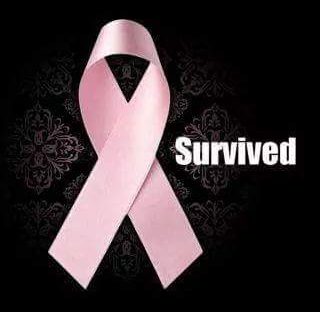So here is another ‘keywords’ post, this time, about rumba.
My keywords for rumba are ‘mysterious’, ‘passionate’, ‘romantic’, ‘imaginative’, and ’emotional’.
But I need to explain a lot because my definition and use of the keywords is not what they suggest on the surface.
We are going to dive deep into rumba, be prepared!
My first warning is that most people probably won’t agree with how I look at rumba, but that is ok because most people aren’t me 🙂
Most people think of some sort of passionate romantic relationship when they think of rumba. I, do not. I tend to think bigger picture. Perhaps the main reason is that I have never found myself romantically attracted to a partner, so it just hasn’t occurred to me to consider rumba in that context.
So what do I mean by ‘passionate’ and ‘romantic’ then?
The passion is not about a relationship between two people. It is about two people sharing their passion for dance with each other. ‘Romantic’ refers to 18th century romanticism, not cards and flowers. It was a movement that was very focused on expression and aesthetic experience–whether good, bad, or in between. It was very emotive. The music of Beethoven is a prime example.
So now that I have explained some of the language, here is some context.
Rumba is about a mystery–the mystery of what the relationship between two people actually is. They clearly enjoy each other’s company–but it should never be obvious exactly what is between them. It should keep the audience guessing–Are they friends? Are they lovers? Are they something in between? How close are they?
For me that is where the magic of rumba is–it keeps me guessing and wondering or imagining what the back story could be. There is passion involved, but it is the sharing of a similar passion-dance-not necessarily passion for each other. Sharing any passion is emotional, but it doesn’t necessarily mean the emotion is romantic love. There are many different degrees of love and passion and that is why I think there are so many different interpretations of rumba. You don’t have to be in love with your partner to do it well–you need to be in love with dance and willing to share that.
The imaginative part comes from the mystery. Because nothing is ever stated obviously, someone watching is free to imagine their own interpretation of what they are seeing. That interpretation will be influenced by their own feelings and emotions at that moment in time. They will see pieces of themselves in what they are watching. Perhaps they are longing for a relationship themselves–so they may see a ‘longing’ in the dance.
You can’t force feed rumba to an audience, and I think when you try it shows and the beauty and magic of the dance itself is lost. That is when you start seeing too obvious ‘gaudy’ and raunchy rumbas that leave nothing to the imagination. Myself, I find those routines to be hard, harsh, and sometimes even embarrassing to watch. I would much rather be waiting in anticipation and guessing than to have something like sex spelled out for me in dance.
I think of all the dances, rumba can be the most broad in interpretation because there is so much potential. No one person approaches dance the same, so each half of a partnership brings their own expression, emotions and passion to the dance. Because it is slow and controlled there is time to really ‘dig in’ to the rumba and create that air of mystery and passion that is so essential to the musicality of this dance. I think the closest equivalent in Standard is Waltz.
I don’t think you have to be attracted to your partner to dance a strong expressive rumba.
I think you have to be attracted to dance and willing to share that passion with your partner (and those watching).
But, that is me 🙂
